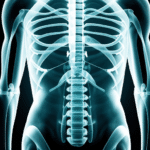Sugar is a carbohydrate found in plants (especially fruits and vegetables) and milk. All plants produce it during photosynthesis, the natural process by which sunlight is converted into energy. The majority of humans get their solar energy from food. Some of the most knowledgeable yogis get it from sun exposure. Sugar is a source of energy for animal cells. To generate solar energy, the body breaks it down into glucose molecules.
The term “sugar” now refers to over a hundred different sweetening products, but they all share three chemical elements: carbon, hydrogen, and oxygen. The carbon content of sugar molecules varies, but they always contain twice as much hydrogen as oxygen. Sugar, like cereals, is a carbohydrate, and the most common type is sucrose.
THE MAKING OF SUGAR
The sugar industry extracts sucrose from plants. It is used in the agri-food industry to change the taste, texture, structure, and consistency of products or to preserve them. Sucrose can be extracted commercially from American agave, sugar beets, sugarcane, coconut flower, maple, date palm, Chilean coconut palm, sorghum, and Brazilian sugar pumpkin. Sugarcane and sugar beets are the two most important plants in the sugar industry. Sucrose is commonly referred to as sugar. ‘ Brown sugar, molasses, cane sugar, rapadura, whole sugar, unrefined, refined, table sugar, icing sugar, light brown sugar, dark brown sugar, crystallized sugar—all of these are synonyms for sucrose. They are all unnecessary in terms of nutrition. I want to emphasize that brown sugar is not superior to white sugar. The fibers that give it its dark color are insufficiently present to be useful to the body.
ZERO NUTRITIONAL VALUE
Sucrose (or extracted sugar) provides 4 calories per gram but contains no nutrients (vitamins and minerals). That’s why it is called ’empty calories.’ It is exclusively used to activate muscles and the brain. It is a ‘free’ sugar because it is no longer naturally associated with fibers, proteins, or fats. For example, the sugar in fruit juice is considered free because the fruit has been deconstructed outside the body instead of being chewed in the mouth and swallowed. The juice no longer contains the fruit’s fibers. That’s why it is recommended to eat fruit rather than drink juice.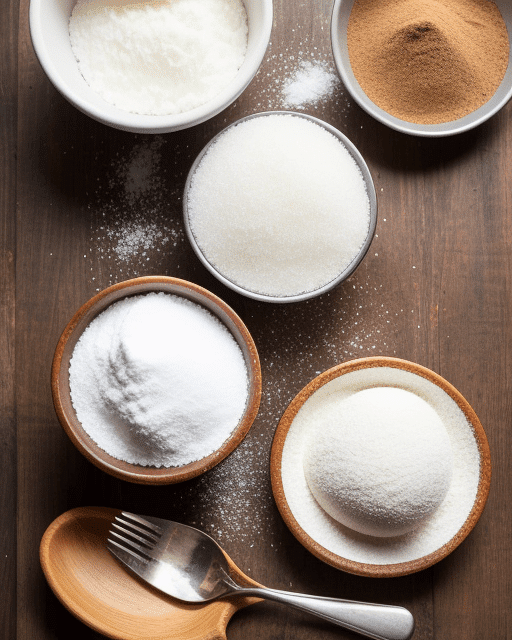
Even when labeled ‘no added sugar,’ freshly squeezed juice, 100% pure, is still rich in free sugar. A single glass of juice can contain 22 grams of sugar. It is also advised to avoid giving fruit juice to children under 1 year of age due to its low nutritional value (no comment for those who find it appropriate to give water to babies). Therefore, a constipated baby should consume orange pulp rather than its juice.
IDENTIFYING SUCROSE AND RECOGNIZING SUGAR
The term ‘sugars’ indicates the amount of sucrose on the packaging of food products and includes the following: lactose, glucose, fructose, dextrose, galactose, agave, maple syrup, corn syrup, palm syrup, rice syrup, glucose syrup, inverted sugar, raw cane sugar, molasses, caramel, maltose, honey, brown sugar, maltodextrin, evaporated cane juice, concentrated fruit juice, and many others.
These are simple carbohydrates, small molecules that have a sweet taste.
There are also simple carbohydrates without a sweet taste, such as white flour, obtained by grinding cereals from which the bran and/or germ have been removed. This refining process removes the nutritional value of the cereals and essentially turns them into quick sugars. However, some starches, without any transformation, have a high glycemic index, such as most modern varieties of potatoes.
The term ‘sugars’ does not include complex carbohydrates, which are very large molecules (high molecular weight), devoid of a sweet taste, but metabolized into glucose by the body. Their molecular complexity determines their dietary importance because they release glucose into the body progressively. When consumed in proportions corresponding to caloric needs, they work wonders in the body. Refining simplifies their molecular composition, essentially turning them into sucrose, making this ideal food almost superfluous and tarnishing its reputation.
SWEETENERS
Polyols are sugar-derived alcohols. Slightly less caloric than sugars (around 3 kcal per gram instead of 4). They have names like aspartame, sucralose, maltitol, sorbitol, xylitol, saccharine, mannitol, etc., and provide a sweet taste to agri-food creations, even if labeled ‘sugar-free.’ These molecules are extracted from foods. Most of them are considered healthy, and dietary properties are attributed to them. NJ Nature advocates aligning with nature and consuming foods in their natural form. If sugar alcohols are considered healthy, they will undoubtedly be just as healthy in unprocessed foods. However, in most cases, chemical equivalents of polyols are used in the agri-food industry, potentially making them less reliable than natural versions.
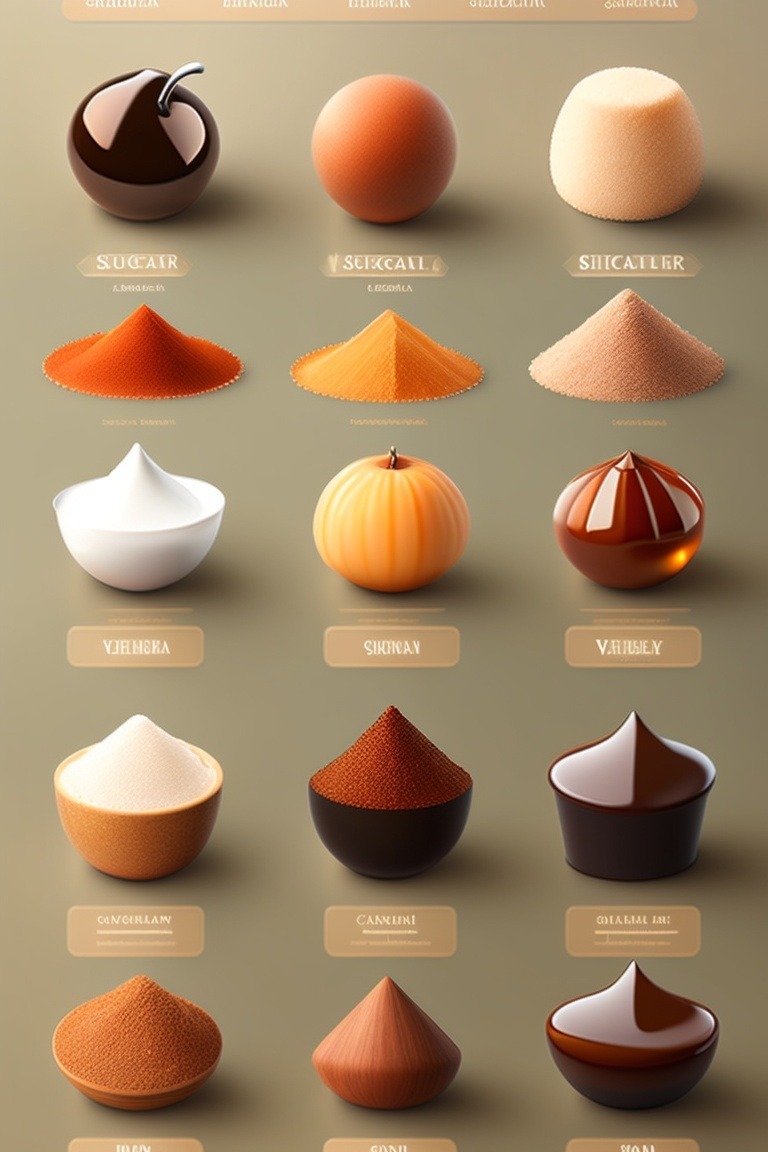 SWEET TASTE
SWEET TASTE
All these variations of sucrose and sweet taste aim to create chemical combinations that provide an extremely sweet taste that is impossible to achieve naturally. Furthermore, they are associated with other chemicals designed to deactivate the alert system that informs the body when it is satiated. Such sugars are also designed in such a way that once you start ingesting them, it is almost impossible to stop until you are disgusted. At this point, the recommended daily amount of sugar has been greatly exceeded. That’s why it is so difficult to consume reasonable amounts of sweet industrial products, especially ice creams, biscuits, candies, pastries, and sodas. This excess of chemical products, almost all of which are endocrine disruptors, corrupts the brain and palate, making natural foods taste bland.
THE OBJECTIVE
NJ Nature groups sucrose and polyols in the category of added sugars. Indeed, any substance added to food to obtain a sweeter taste is added sugar. The goal is not to nourish but to modify the taste of the dish for the palate’s ‘pleasure.’ Each food has its own functions in the body and its own taste. Cooking cereals, vegetables, and meat has taught humans to create food combinations to achieve a taste and create delights—this is gastronomy. Now it is necessary to add dietary knowledge so that palate delights meet the body’s needs.
The habit of sweetening foods was brought to the West by travelers from the East and spread worldwide through globalization. This sweet tide encountered no resistance because, on the one hand, sugarcane and sugar beets easily adapted to various climates, and, on the other hand, sugar is highly appreciated by most human palates. Perhaps a bit too much.
THE DANGERS OF SUCROSE
The sweet flavor of sugar enhances the taste of foods, similar to salt and fat. Like alcohol, these molecules are naturally present in foods. They are also extracted and sold separately in agri-food products with no other purpose than pleasing the taste buds. This makes it somewhat tricky to regulate the quantities of these products in the diet. It is so easy to add more to increase the pleasurable sensations, leading to excess consumption. As a consequence, these vital molecules (except alcohol) in nutrition are associated with poor eating habits, even though they are essential for the body.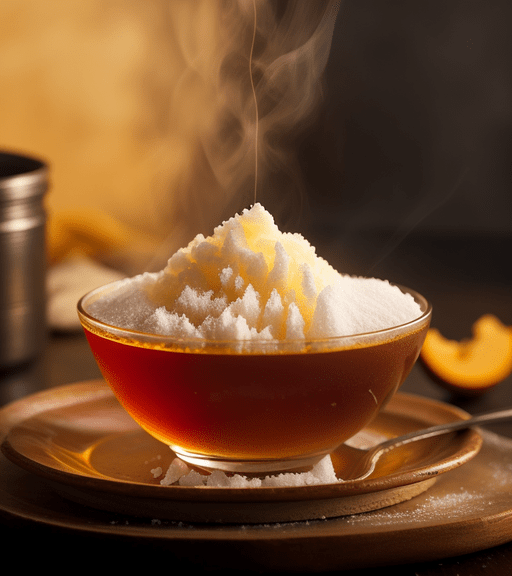
The doses present in foods in their natural forms satisfy dietary needs. When the temptation to overconsume arises, the body sounds the alarm. It reacts with diarrhea, vomiting, colic, or skin eruptions. In fact, it is not possible to consume enough nuts or fruits to exceed daily needs and reach toxic doses without the body’s protective response. However, this is not the case for sugar.
When an excessive amount of salt is ingested at once, dehydration occurs, alerting the body. For fat and alcohol, vomiting ensues, which is the body’s reaction. However, when we consume a large amount of sucrose, as the body needs it as fuel and cannot predict the physical efforts that will deplete this glucose, it stores it, and the body silently begins to suffer. After a few years, organs become damaged, and sugar is blamed when the culprit is actually added sucrose.
Furthermore, claiming that honey is just sugar, reducing this fantastic food supplement to a sucrose molecule, is an insult to this powerful antibacterial substance—a crime against majesty. Honey is a millennia-old and universal remedy, further evidence that humans are all the same at their core. Indeed, 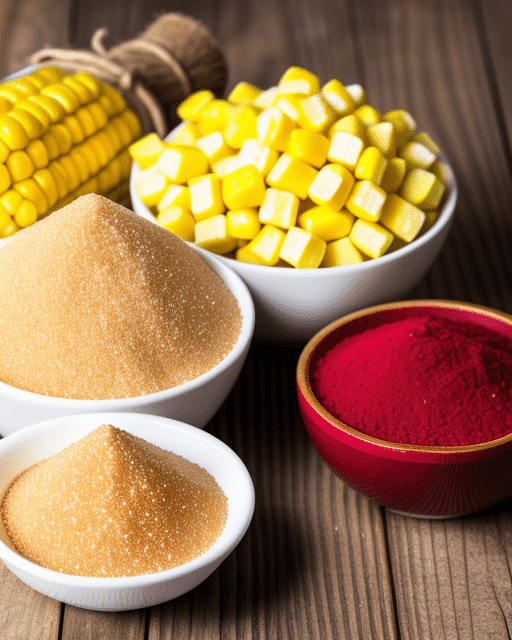 all Civilizations whose climate allows it have always used honey for nourishment, healing, and cosmetics. Today, the most common uses of honey in naturopathy are for respiratory health and against gastric pain, but it has many more properties that are often underexploited. Reducing it to a sucrose molecule is a waste. A tablespoon of honey represents a lifetime of work for a bee.
all Civilizations whose climate allows it have always used honey for nourishment, healing, and cosmetics. Today, the most common uses of honey in naturopathy are for respiratory health and against gastric pain, but it has many more properties that are often underexploited. Reducing it to a sucrose molecule is a waste. A tablespoon of honey represents a lifetime of work for a bee.
Added sugar must be avoided at all costs. Any sweetened substance added to food becomes sucrose because it is ingested not for its properties but for its sweetening power.
When consuming honey as a food, it is impossible to ingest it in excess, as satiety and then disgust will signal excess consumption. However, when combined with another food, satiety is achieved only with that food and not with the sucrose it contains, even if it is honey.
Foods have an intrinsic taste. It is natural to consume them with minimal transformation to savor each unique and original flavor. Gastronomy creates delights that surpass those of nature.
FRUCTOSE
The sugar found in fruits is reduced to sucrose by sugar detractors. It is worth noting that even fructose can be as superfluous as sucrose if the body does not need it. If you snack on fruits in addition to a meal when you are not hungry, when the body does not need calories, it will metabolize the vitamins and minerals and store the fructose, just like sucrose, to break it down into glucose. And fructose will be labeled as bad while the culprit is snacking. Eat when you are hungry. Otherwise, the body is overloaded.
SUCROSE IN THE ORGANS
The consumption of sugar provides short-term chemical energy. Some of the consumed sugar can be immediately used to provide energy if needed within minutes. Another portion will be stored in the liver and muscles (as glycogen) for use in the following hours. In case of excess, some will be transformed into fats (triglycerides) and stored in adipose tissue cells.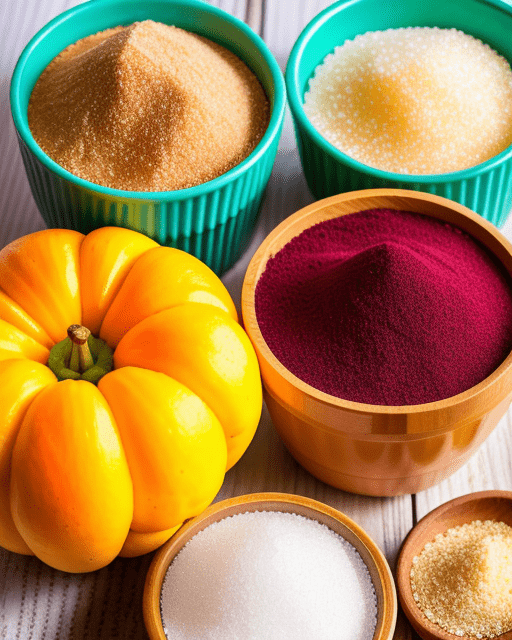
As soon as glucose is ingested, insulin is secreted: its main role is to facilitate the use of glucose by all cells in the body. Furthermore, insulin stimulates glucose metabolism, blocks the use of stored fats, and promotes fat production in adipose tissue. This regulation of glucose, with a storage and release system, provides a continuous supply of glucose to the brain for it to function as long as possible when food is not available. Remember, sugar is the fuel of the brain and muscles. The body cannot predict when and how it will be used, so it stores it. But when this sugar is not quickly used for physical effort, it becomes a source of disease.
If sugar represents only 2% of body weight, the brain uses 20% to 40% of glucose provided by food. It is its main fuel. The brain is almost exclusively nourished by glucose—it is the only carbohydrate that passes from the blood to the cerebral organ. Oxygen, water, and sugar are what our neurons need constantly. The glucose reserves in the brain would not last more than ten minutes. That’s why it is not recommended to go to bed without considering the caloric needs of the brain during sleep.
However, when the influx becomes too great, certain brain regions regress. So, excessive sugar is harmful to the brain.
In addition, excessive sugar can disturb digestive flora and weaken the intestinal barrier, enhancing chronic inflammation in the body and eventually irritating the nervous system. This inflammation promotes an excess secretion of sebum and causes acne. Therefore, regular consumption of large amounts of added sugar is harmful to the digestive system and skin.
Aesthetically, sugar is also criticized as a cause of skin aging. Consumed in large quantities, sugar reacts with body proteins to form advanced glycation end products (AGEs), damaging collagen and elastin in the skin, making it less firm. So, regular consumption of added sugar ages the skin.
Sugar addiction has been identified according to diagnostic criteria that define addiction: consuming more than initially intended and desiring to abstain but being unable to. It has been demonstrated that the sweet taste is more addictive than heroin or cocaine: it activates the same brain region as drugs.
The consumption of sucrose leads to tooth decay if not associated with strict dental hygiene.
Fatty liver, or fatty liver disease, is caused by regular sucrose consumption.
Diets high in sucrose also pose an increased risk of hyperactivity, diabetes, and cardiovascular diseases. Thus, the heart, pancreas, and liver do not tolerate large quantities of sucrose.
THE DOSE MAKES THE POISON
Sugar is the body’s fuel. Excessive sugar is one of the most potent poisons for the body. All vital functions of human beings have now become commercial activities: agri-food, agriculture, health, sex, education, real estate, and entertainment. As a result, humans are now more like customers than fellow beings. Their needs are only worth their market value. However, for their family, they remain sacred and precious. Therefore, they must take care of themselves to preserve their well-being. Knowing one’s body is essential to optimally satisfying its needs.

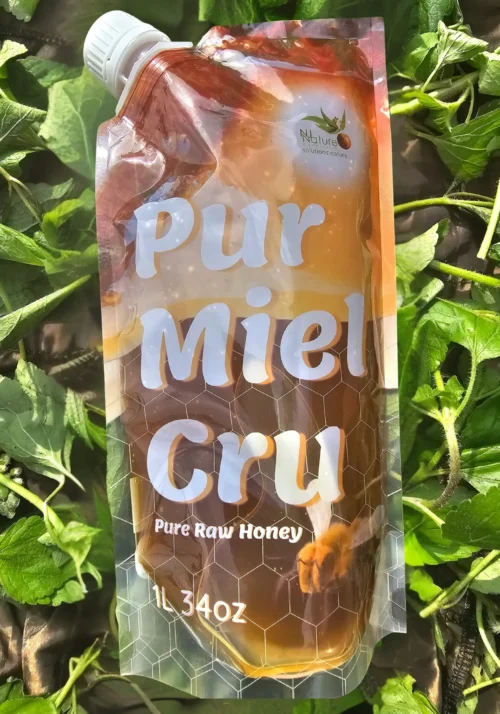
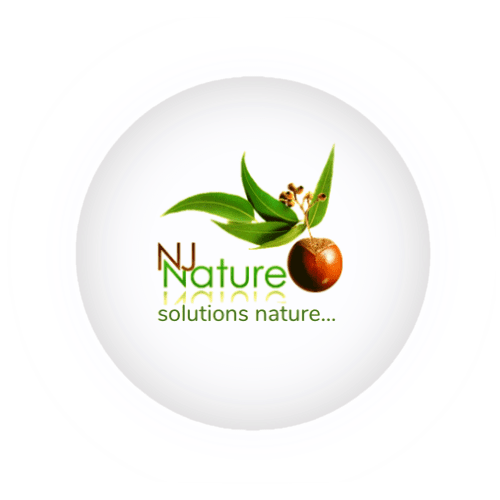




 all Civilizations whose climate allows it have always used honey for nourishment, healing, and cosmetics. Today, the most common uses of honey in naturopathy are for respiratory health and against gastric pain, but it has many more properties that are often underexploited. Reducing it to a sucrose molecule is a waste. A tablespoon of honey represents a lifetime of work for a bee.
all Civilizations whose climate allows it have always used honey for nourishment, healing, and cosmetics. Today, the most common uses of honey in naturopathy are for respiratory health and against gastric pain, but it has many more properties that are often underexploited. Reducing it to a sucrose molecule is a waste. A tablespoon of honey represents a lifetime of work for a bee.

